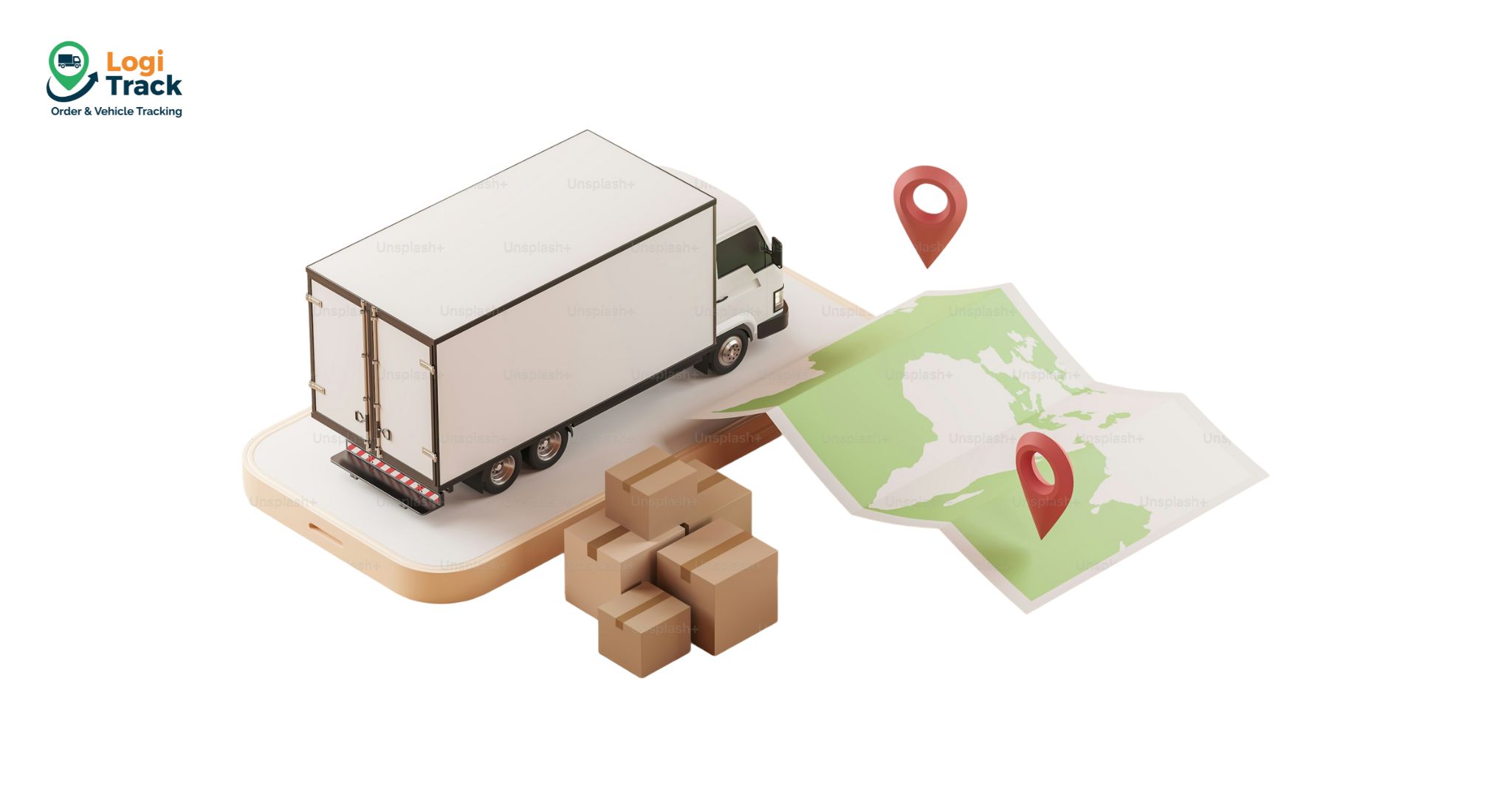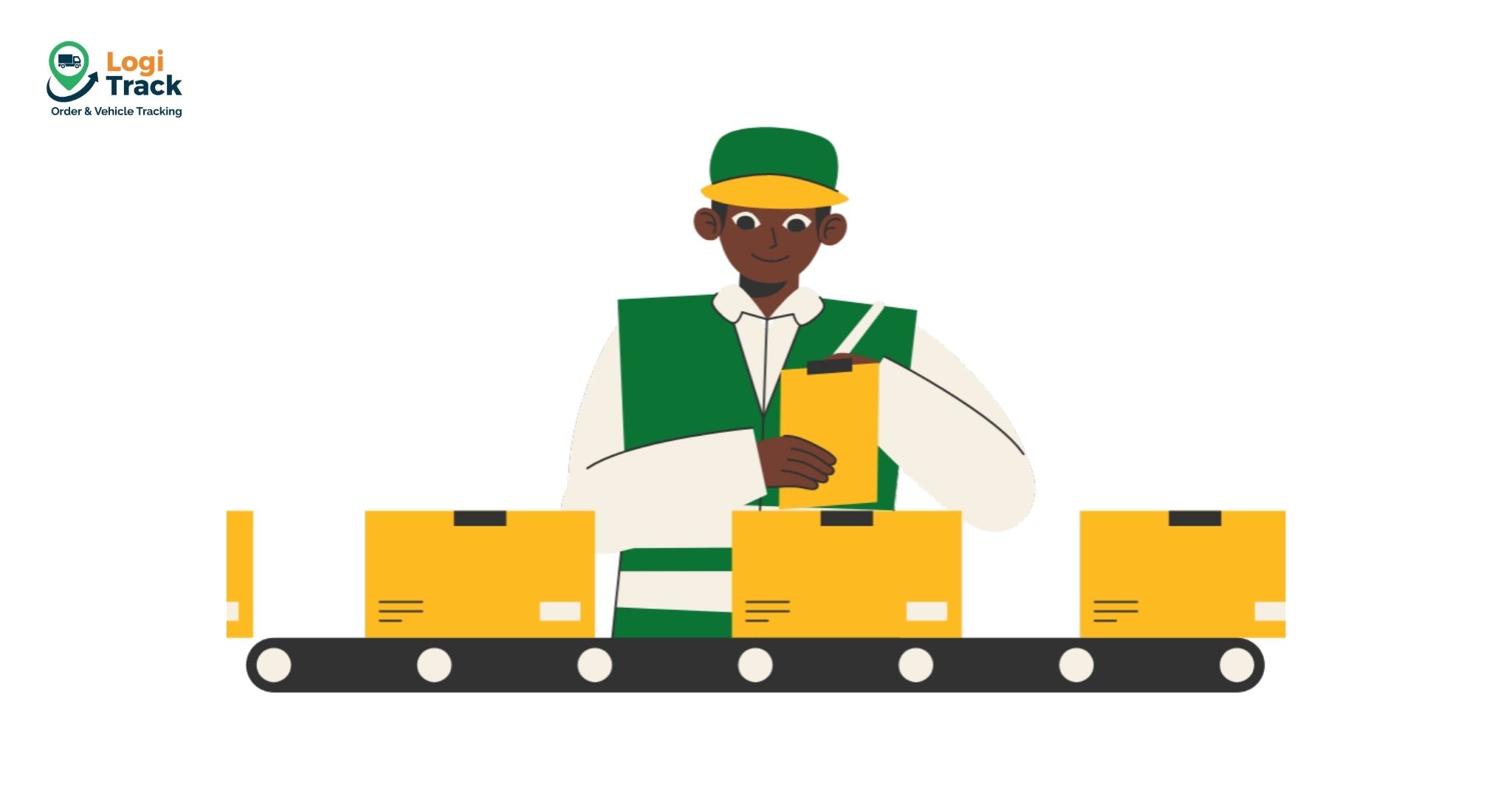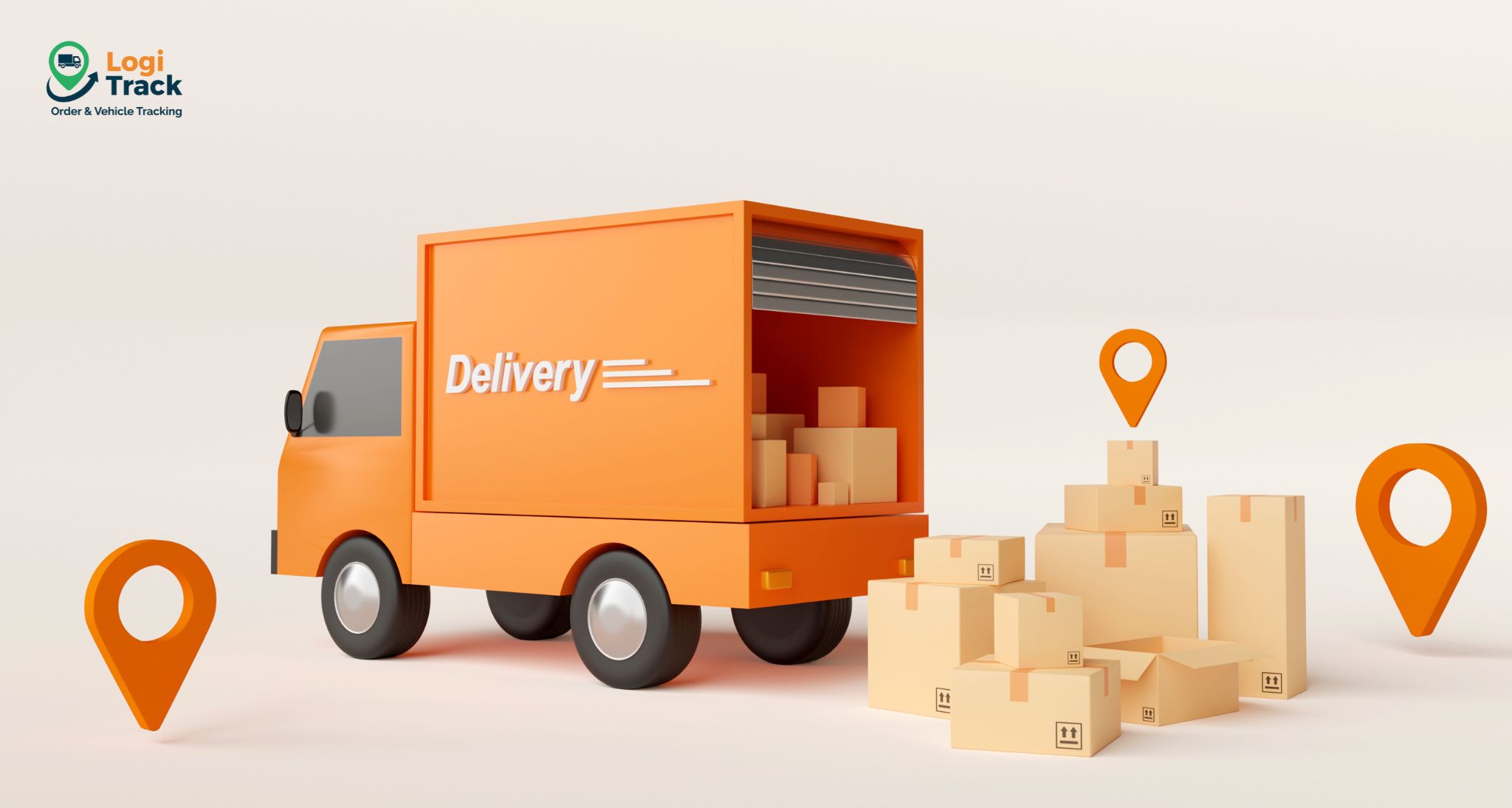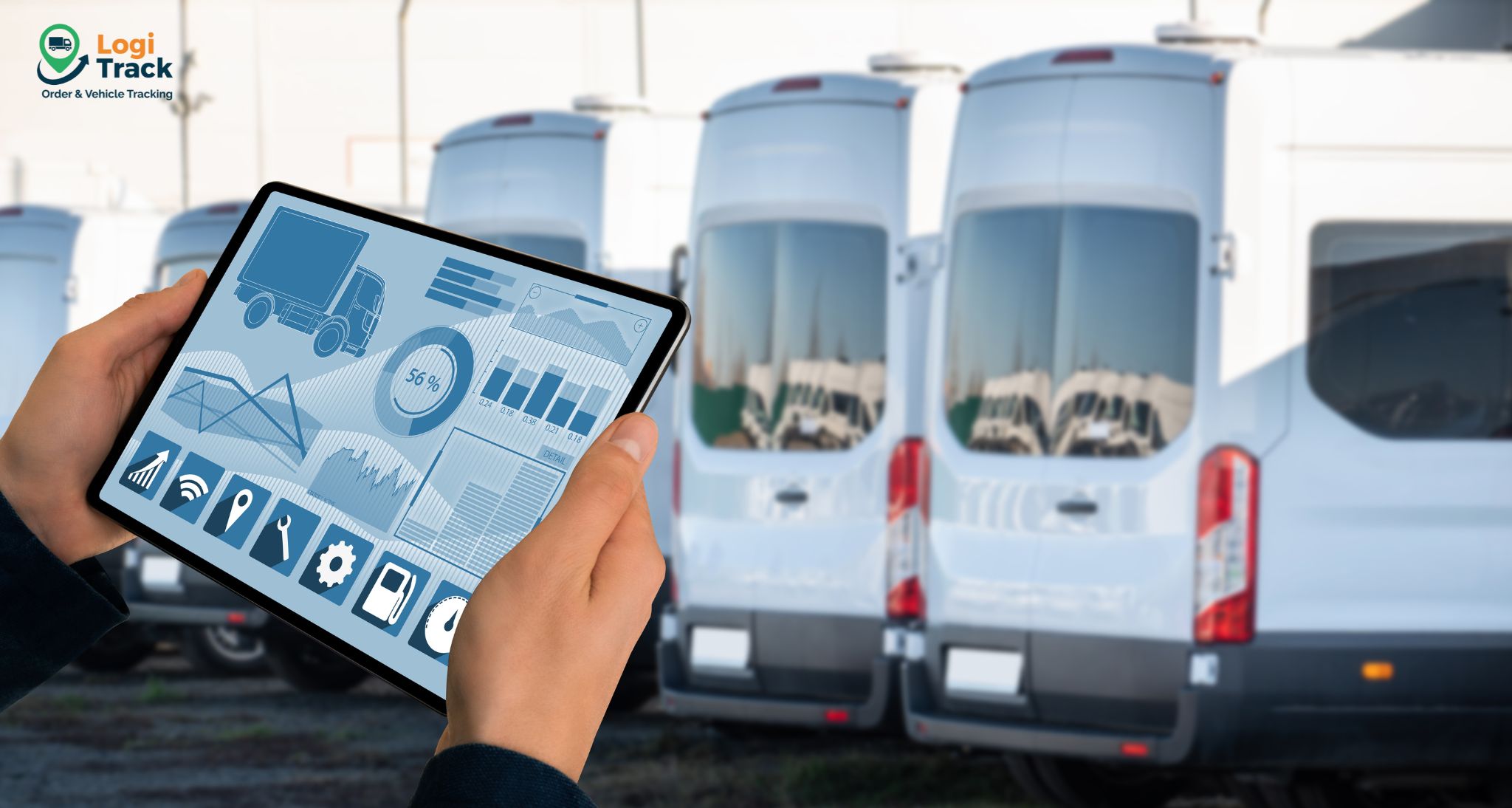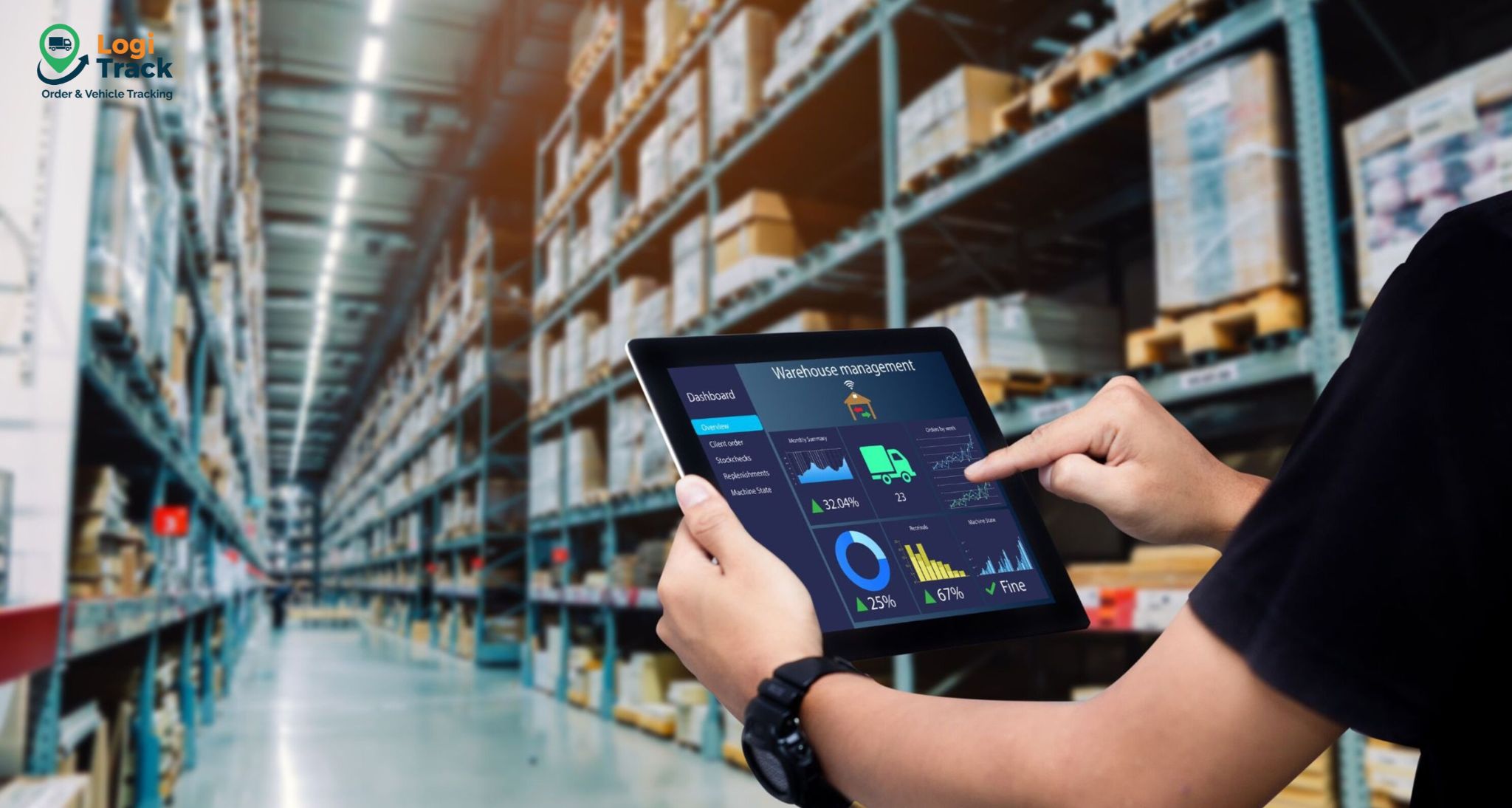In today’s increasingly integrated global economy, logistics plays a pivotal role in connecting production, distribution, and consumption. However, Vietnam continues to face high logistics costs, which reduce the competitiveness of goods and directly affect corporate profits. According to industry reports, logistics costs in Vietnam typically account for 16–20% of GDP—much higher than the global average of around 10–12%. This figure not only troubles import–export enterprises but also places pressure on the entire supply chain.
Why are logistics costs so high? This question concerns not only the transport sector but the entire economy. When transportation and warehousing costs rise, the final product price increases, reducing the competitiveness of Vietnamese goods in international markets.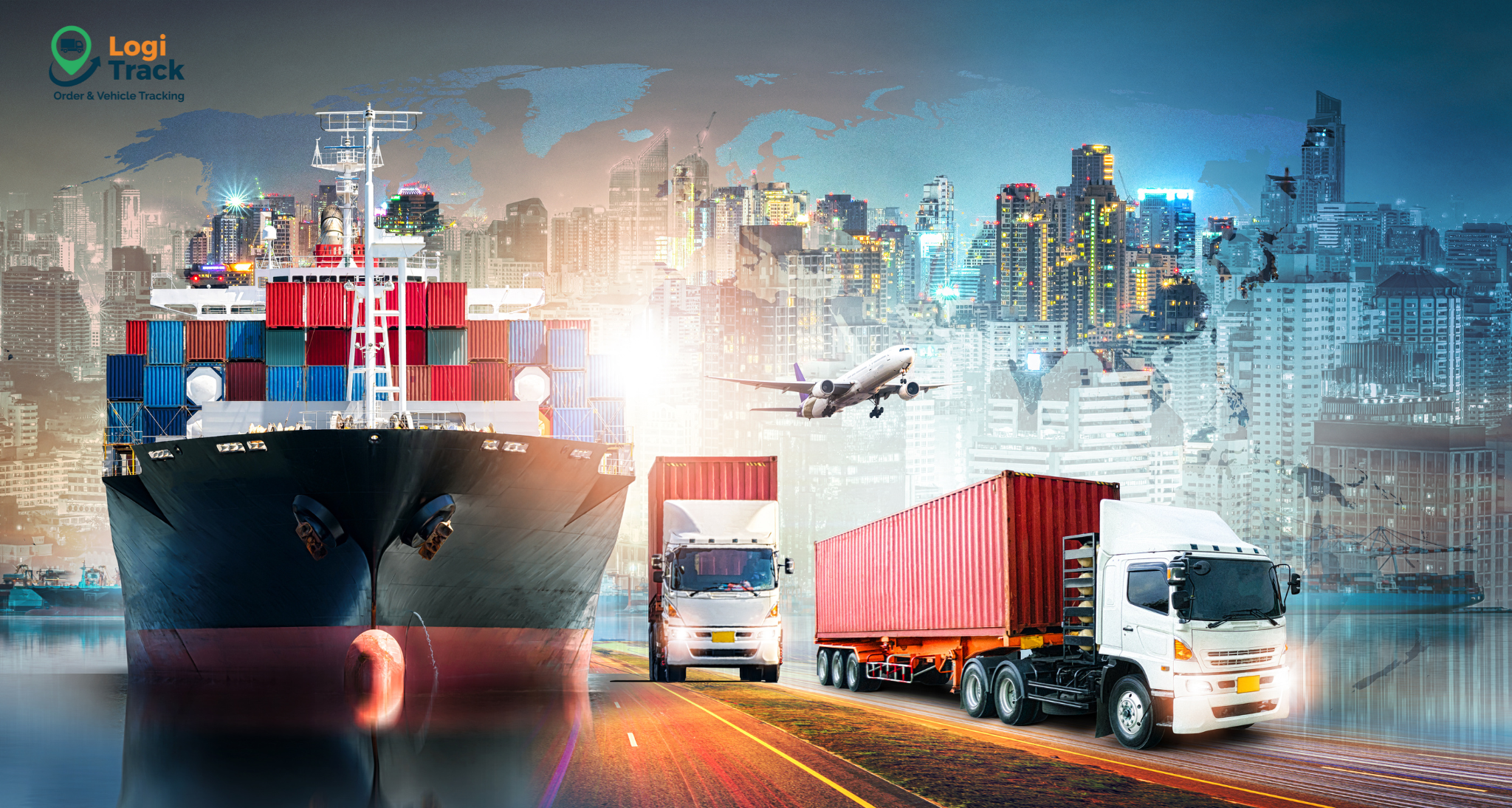
Let’s analyze the core reasons behind this situation:
1. Incomplete Logistics Infrastructure
Vietnam’s road, rail, waterway, and seaport networks are not evenly developed. Key transport routes are often congested, expressway coverage remains limited, and the railway network is underutilized. The lack of connectivity between different modes of transport drives up transportation costs and lengthens delivery times.
2. Heavy Reliance on Road Transport
Currently, more than 70% of domestic goods are transported by road—a method that is more expensive than rail or waterway transport. Rising fuel prices, toll fees, and maintenance charges have all contributed to higher logistics costs.
3. Inefficient Warehouse and Distribution Management
Many companies have yet to invest in modern warehousing systems. Without smart warehouse management technology, businesses face high inventory levels, product loss, and higher storage costs. In addition, poorly located warehouses hinder smooth goods movement.
4. Complicated Administrative Procedures
Customs clearance processes and import–export documentation at certain border gates and seaports remain cumbersome. Delays in customs procedures not only slow down delivery but also increase container storage and vessel docking costs.
5. Limited Adoption of Technology
Despite the growing availability of digital solutions in logistics, many small and medium-sized enterprises lack the resources to invest in Transportation Management Systems (TMS), Warehouse Management Systems (WMS), or GPS tracking. This limits operational efficiency, increases the number of empty truck runs, and prolongs delivery times.
6. High Fuel and Road Fees
Volatile fuel prices combined with road tolls, port charges, and other fees continue to raise the cost of road transportation—which already accounts for the largest share of logistics expenses.
7. Shortage of Skilled Workforce
The logistics sector requires professionals who are well-versed in supply chain management, warehouse operations, and transport coordination. However, the shortage of high-quality human resources and the high cost of training make it difficult for businesses to optimize operations and reduce costs.
Solutions to Lower Logistics Costs
High logistics costs are not an unsolvable problem. Once the root causes are identified, both businesses and policymakers can take proactive steps to reduce costs and enhance competitiveness:
-
Invest in modern transport and warehousing infrastructure: Accelerate expressway construction, upgrade seaports, and build smart warehouses to shorten delivery times and reduce inventory levels.
-
Diversify transport modes: Encourage greater use of rail and inland waterways, and develop multimodal transport to ease pressure on road networks.
-
Accelerate digital transformation: Implement OMS, TMS, WMS systems, adopt GPS tracking, and optimize transport routes to cut empty truck trips and save fuel.
-
Simplify administrative procedures: Continue customs reforms, roll out electronic customs and national single-window mechanisms to speed up clearance times.
-
Train skilled logistics professionals: Strengthen collaboration between universities and businesses to supply high-quality human resources for more efficient supply chain operations.
For businesses, now is the ideal time to invest in technology, upgrade management systems, and build partnerships with reliable logistics providers. Proactive negotiations with service suppliers and the application of order management software and route optimization tools can significantly reduce costs.
For policymakers, further customs reforms, priority funding for critical transport infrastructure projects, and incentives for green and sustainable logistics investments are crucial.
Ultimately, the entire logistics industry needs a shared vision: shifting from traditional operations to a smart logistics ecosystem where technology and data play a central role. Only then can Vietnam lower its logistics cost ratio to match regional peers and strengthen the competitiveness of its goods and services in the era of global integration.
